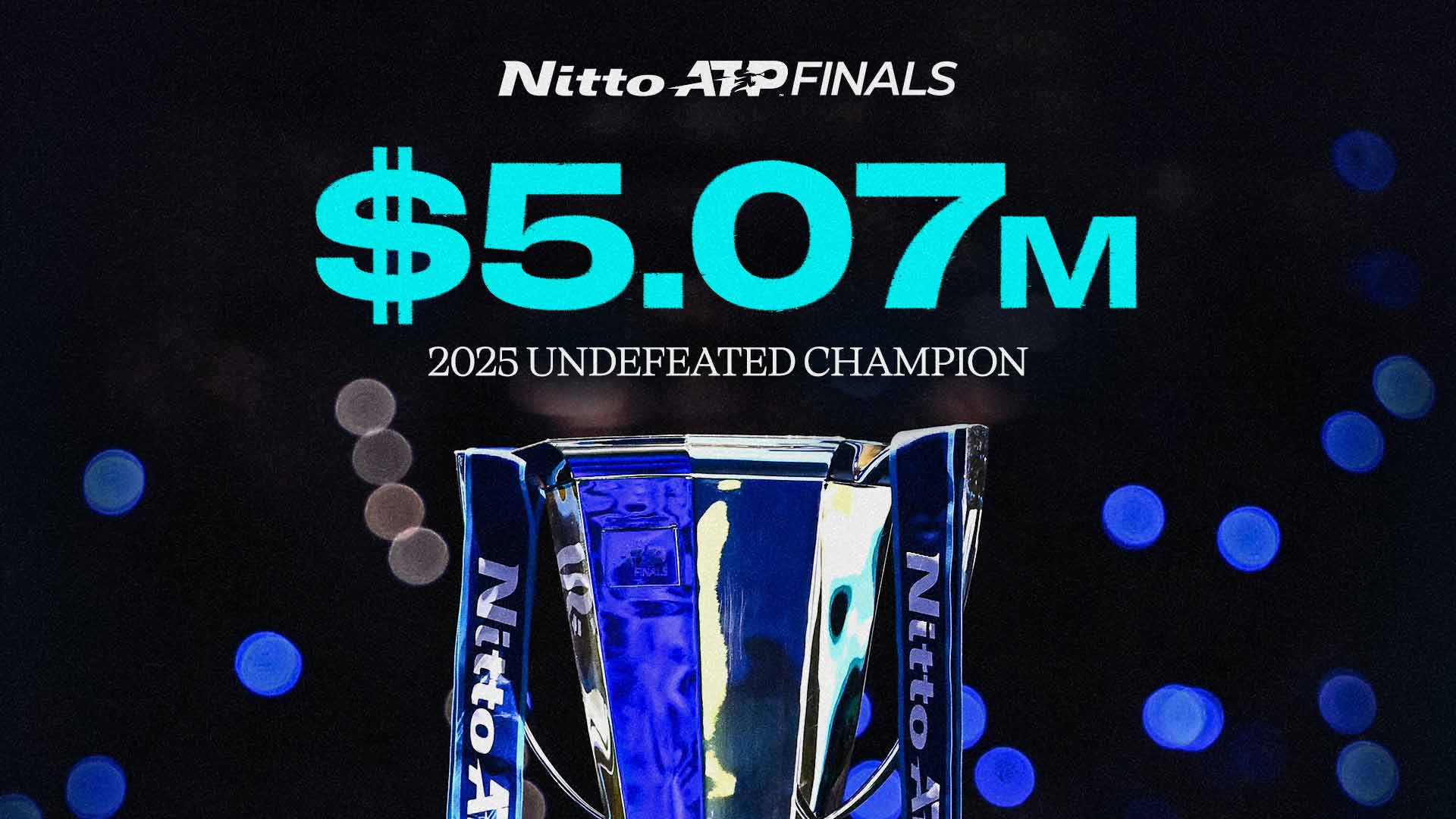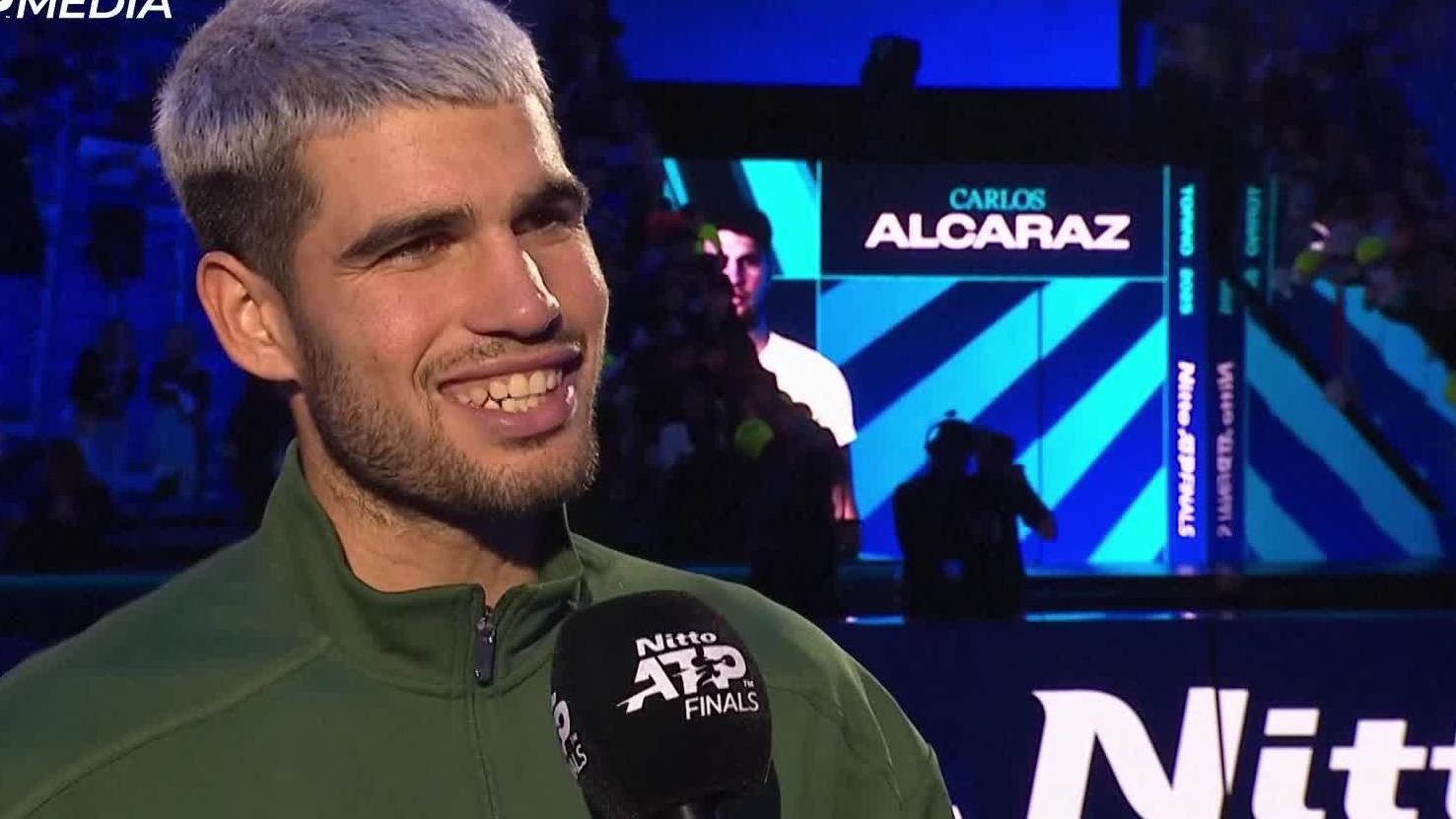Auger-Aliassime reclaims his place among the elite
A season that started with ranking doubts ended in top-five triumph for Felix Auger-Aliassime, whose semifinal run at the Nitto ATP Finals blended tactical sharpness with unshakeable belief, setting the stage for bolder pursuits.

The Pala Alpitour in Turin pulsed with the sharp anticipation of the Nitto ATP Finals, where indoor hard courts amplified every crack of the ball. Felix Auger-Aliassime, who had slipped to No. 27 in the PIF ATP Rankings back in August, now stood tall at 25, his game a testament to three months of fierce resurgence. This blistering close propelled him inside the top five, a career high earned through deep runs that demanded both physical endurance and mental clarity under the season's mounting pressure.
Hard-court odyssey fuels semifinal surge
Auger-Aliassime's path ignited with a semifinal appearance at the US Open, where the slower hard courts in New York rewarded his heavy topspin forehands looped crosscourt to pull opponents off the baseline. He followed with a quarterfinal in Shanghai, adapting to the faster outdoor surface by stepping inside the court on returns, redirecting pace with inside-out backhands that kept rallies alive and created openings for down-the-line strikes. The momentum built in Brussels, where he claimed the title by varying his serve—flat to the body mixed with kick to the corners—forcing weak replies he could punish with aggressive one–two combinations from the baseline.
In Paris, a final run on clay tested his versatility, as he shortened his backhand slice to underspin lobs that disrupted rhythm on the slower surface, buying time to reset with crosscourt groundstrokes. These adjustments, honed amid the tour's relentless schedule, translated seamlessly to Turin's indoors, where he notched round-robin wins over Ben Shelton and Alexander Zverev. Against Shelton, his deep returns neutralized the American's lefty power, while versus Zverev, varied depth on forehands inside-in broke down the German's steady defense, the crowd's rising energy mirroring his growing command.
“[I feel] back where I belong. Back where I feel like I can play with more consistency,” Auger-Aliassime said on Saturday night after losing to Carlos Alcaraz. “I am really happy to be part of this tournament, to have played that way in the last few months… It's great progression I've had this year. I've always believed that since I was a kid, my ambition was to win Grand Slams and be No. 1 in the world. I've had ups and downs, but honestly through it all, I always believed I could be there. I still believe today. Now it's a matter of doing the right things to improve. If I do, we'll see where that leaves me.”
Alcaraz clash highlights top-level demands
The semifinal against Alcaraz exposed the razor-thin margins at the pinnacle, as the Spaniard, at 22 and World No. 1, dominated 6-2, 6-4 with serves that Auger-Aliassime called blisteringly precise, clocking high speeds while pinpointing edges to rush his responses. Alcaraz's fluidity shone in redirecting shots—snapping inside-out forehands or crosscourt backhands—that kept the Canadian guessing, his usual patterns of deep baseline exchanges crumbling under the pressure of high-tempo play. This head-to-head, now 5-3 in Alcaraz's favor, underscored how Auger-Aliassime must refine his net approaches, perhaps adding more serve-volley to shorten points on these fast indoors and counter such explosive retrievals.
Yet the loss carried no defeatist weight; instead, it fueled reflection on the season's arc, including titles in Adelaide, Montpellier, and Brussels that marked his first 50-24 win-loss record since 2022. He spoke of Alcaraz's serving as a standout element, blending raw power with directional versatility that demands constant adaptation in rallies. The Turin's atmosphere, thick with the scent of tension and the echo of line calls, amplified the match's intensity, leaving Auger-Aliassime's resolve intact amid the elite's unforgiving scrutiny.
Off-season work eyes 2026 breakthroughs
Entering 2026 married to Nina since their September ceremony, Auger-Aliassime draws strength from personal stability to intensify his training, viewing the field as a crowded ascent where no rival holds a fixed edge. He dismissed narrowing focus to just Alcaraz or Sinner, emphasizing the broader competition from those above, below, and rising young talents, all amid the sport's inherent unpredictability. “Everybody's good. I can't just focus on these two,” he noted, acknowledging their current level while committing to the grind. “But of course when I play these guys right now, the facts are they're a level above everyone. Yeah, I'm going to need to put some work. I've never been afraid of some work, so it's all good.”
His late-season evolution—from surface-specific tweaks like underspin on backhands in humid Shanghai to aggressive inside-in forehands under Turin's lights—positions him to chase those childhood dreams of Grand Slams and the top ranking. The Pala Alpitour's final echoes fade, but Auger-Aliassime's trajectory points upward, where consistent execution could turn belief into breakthroughs on the world's biggest stages.


